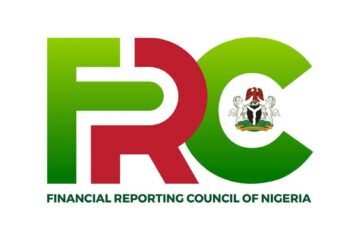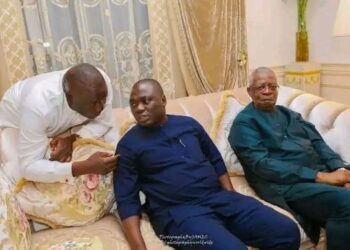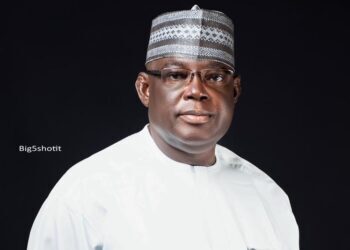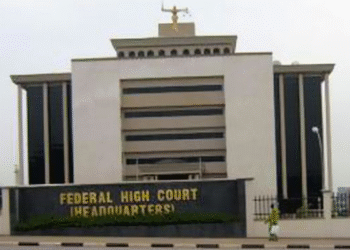By Anthony N. Z. Sani
The dynamics of community living are ever-changing, making periodic restructuring necessary. However, those advocating for restructuring Nigeria today cannot ignore the historical fact that the country has undergone multiple structural transformations—whether in its geopolitical configuration, form of government, or economic model.
Geopolitical Restructuring: From Regions to States
At independence in 1960, Nigeria operated a three-region structure—the Northern, Western, and Eastern regions. However, due to political tensions and demands for greater autonomy, the Mid-Western Region was created in 1963, making it four regions. Following the civil war (1967–1970) and General Yakubu Gowon’s efforts to prevent further ethnic strife, the country was restructured into 12 states in 1967. Successive military and civilian administrations continued this trend, increasing the number of states to 19 in 1976, 21 in 1987, 30 in 1991, and finally 36 states in 1996 under General Sani Abacha.
Thus, Nigeria’s geopolitical landscape has been restructured several times over the decades, debunking claims that the country remains in its colonial-era form.
Governmental System: From Parliamentary to Presidential
At independence, Nigeria operated a parliamentary system, modeled after the British Westminster system, where the Prime Minister (Sir Abubakar Tafawa Balewa) was the head of government, and the Governor-General (later President Nnamdi Azikiwe) was the ceremonial head of state. This system lasted until the first military coup on January 15, 1966, which led to General Aguiyi-Ironsi’s short-lived unitary government before his assassination in July 1966.
Nigeria returned to civil rule in 1979, adopting a presidential system under the Second Republic, with Shehu Shagari as the first executive president. This system was modeled after the U.S. system to promote a stronger central authority while balancing regional interests. Despite military interruptions (1983–1999), Nigeria has maintained this presidential system, showing another aspect of its restructuring efforts.
Economic Restructuring: From State Capitalism to Privatization
Economically, Nigeria initially pursued a mixed economy with heavy government involvement. In the 1970s, the Nationalization Policy led to the government’s control of key industries, including oil, banking, and steel. However, by the late 1980s, under General Ibrahim Babangida’s Structural Adjustment Program (SAP) (1986–1993), Nigeria shifted towards economic liberalization and privatization.
This continued under President Olusegun Obasanjo (1999–2007), who privatized key government assets, including NITEL, NEPA (now privatized into DISCOs and GENCOs), and refineries. This restructuring aimed to reduce government inefficiency and promote a market-driven economy.
In terms of policies,General Obasanjo had Low Profile and Operation Feed the nation,President Shagari had Austerity Measures and Green Revolution while President IBB had Structural Adjustment Programs.Still we have challenges associated with socioeconomic development.
The Real Challenge: National Ideals and Moral Values
Despite these restructuring efforts, Nigeria still faces challenges in nationhood, governance, and social cohesion. Some argue that the collapse of national ideals and moral values—such as the sanctity of life, accountability, and civic responsibility—poses a greater threat than structural issues.
A diverse country like Nigeria, with over 250 ethnic groups and more than 500 languages, needs a strong but balanced central government. The federal government should be strong enough to maintain unity but not so dominant as to stifle state-level autonomy.
Lessons from Other Countries
Critics who argue that the 1914 Amalgamation was a mistake should consider Ethiopia, a country that has never been colonized but still grapples with ethnic tensions despite its ethnic-based federalism. Meanwhile, Somalia, despite being ethnically homogenous, remains a failed state due to internal conflicts.
Similarly, Lebanon, where political power is shared based on religion—the President must be a Christian, the Prime Minister a Sunni Muslim, and the Speaker a Shia Muslim—still struggles with governance instability. These examples show that national unity and stability require more than just restructuring; they demand a national ethos built on shared values and trust.
Conclusion
Nigeria has been restructured multiple times—politically, economically, and administratively. However, the core issue remains not just restructuring the system but restructuring mindsets. True progress lies in fostering patriotism, accountability, and a national identity that transcends ethnic, religious, and regional divisions. Rather than seeking another round of restructuring, Nigeria must embark on a cultural renaissance that promotes unity, fairness, and a shared vision for development.”.
Anthony N Z Sani.











